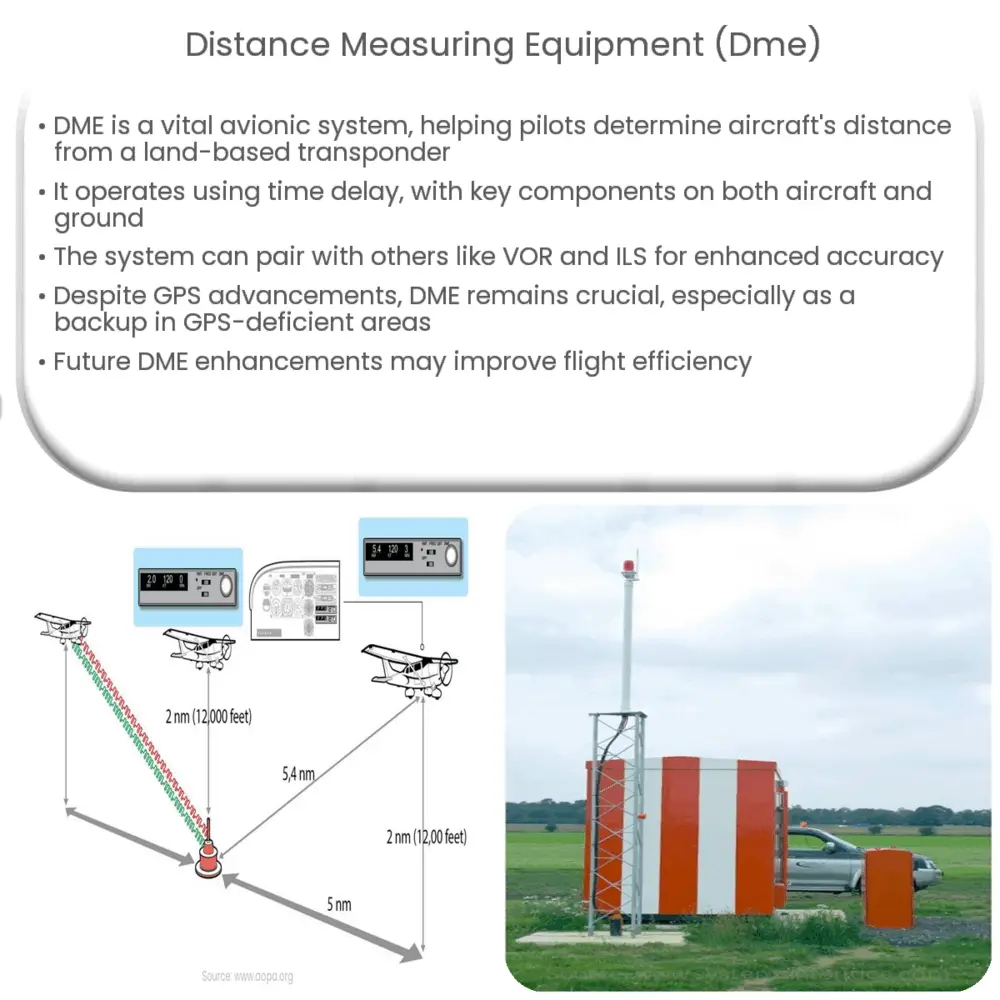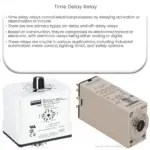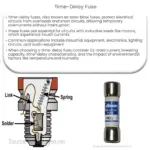Explore the intricacies of Distance Measuring Equipment (DME) in aviation, its operation, types, relevance in modern avionics, and future developments.

Introduction to Distance Measuring Equipment (DME)
Distance Measuring Equipment, commonly known as DME, is a standard avionic system used in aircrafts. It is essentially a navigation aid that helps pilots to determine the aircraft’s distance from a land-based transponder. This system operates in the Ultra High Frequency (UHF) spectrum to facilitate accurate measurements.
Operating Principle of DME
DME works on the principle of time delay. The airborne part of the system sends out a signal to the ground station, which then replies with its own signal. The time taken for the signal to travel to the ground station and back is measured by the onboard DME system. The speed of radio waves is known, and thus the distance can be calculated based on the time delay.
Components of a DME System
- Airborne Equipment: The airborne equipment consists of an interrogator that sends out pairs of pulses, and a receiver which receives the returned signals from the ground station.
- Ground Equipment: The ground component of the system is known as a transponder, which receives the interrogation signal from the aircraft and sends back a pair of reply pulses.
Types of DME
DME systems are typically classified into three categories:
- DME-N: This type uses a pair of pulses spaced 12 microsecond apart.
- DME-P: This type uses pulse pairs spaced 36 microseconds apart.
- DME-W: This type uses wide pulse pairs spaced 63 microseconds apart.
DME and Other Navigation Systems
DME systems are often paired with other navigation systems to provide more accurate positioning. One such system is the VHF Omnidirectional Range (VOR) system, which provides the aircraft’s radial from the station, while the DME provides the slant range distance. The combination of these two systems is commonly known as VOR/DME. Similarly, DME is also paired with Instrument Landing Systems (ILS), offering precision approach capabilities.
Advantages and Limitations
DME offers a reliable method for aircrafts to measure distance from ground stations. Its main advantages include its relative simplicity and the fact that it provides direct distance information. However, DME also has limitations. For instance, it provides slant range distance, which is not always equal to the horizontal distance, especially when the aircraft is at a high altitude or close to the station.
How DME Compensates for Slant Range Error
DME compensates for the slant range error by utilizing a method known as the 1-in-60 rule. This rule suggests that for every 60 units of distance an aircraft travels, the difference between the slant range and the true range decreases by approximately 1 unit. This principle is applied in DME calculations to achieve greater accuracy.
DME in Modern Avionics
In the era of modern avionics, DME continues to play a significant role. Even with the advent of GPS technology, DME maintains its relevance due to its ability to provide a backup navigation solution in case of GPS signal failures. Furthermore, it is essential for aircraft flying in regions where GPS coverage may be inadequate or nonexistent.
DME and Future Developments
As advancements in aviation technology continue, the potential for further enhancements to DME systems is promising. Recent studies suggest that DME could be incorporated into future Air Traffic Management (ATM) concepts. By integrating DME data with other navigational aids, future systems might potentially provide more precise and efficient flight paths, leading to reductions in fuel consumption, flight times, and environmental impact.
Regulations and Standards
DME systems, like other aviation equipment, are subject to strict international standards and regulations. The International Civil Aviation Organization (ICAO) and the Federal Aviation Administration (FAA) in the United States set these standards to ensure the safety, reliability, and interoperability of DME systems across different aircraft and regions.
Conclusion
In summary, Distance Measuring Equipment (DME) plays an invaluable role in aviation, helping pilots accurately determine their aircraft’s distance from ground-based stations. Despite the rise of modern navigation technologies like GPS, the robustness and reliability of DME continue to make it an essential tool in the aviation industry. With continued research and development, the integration of DME into more advanced navigational and air traffic management systems promises exciting possibilities for the future of aviation.




